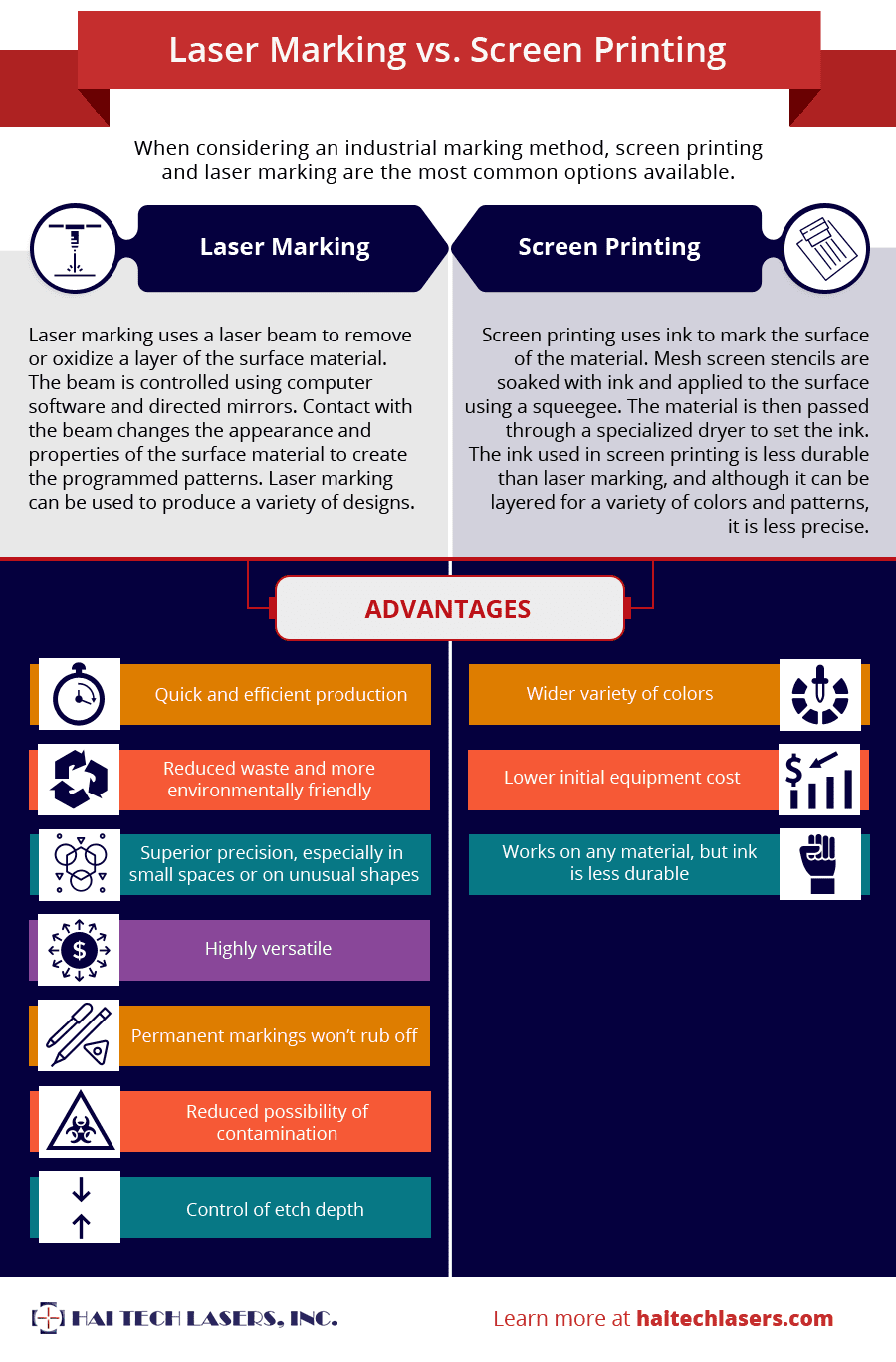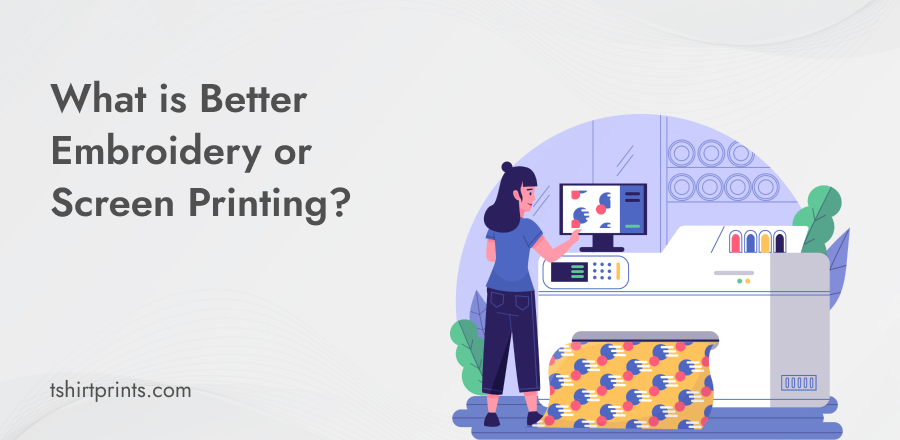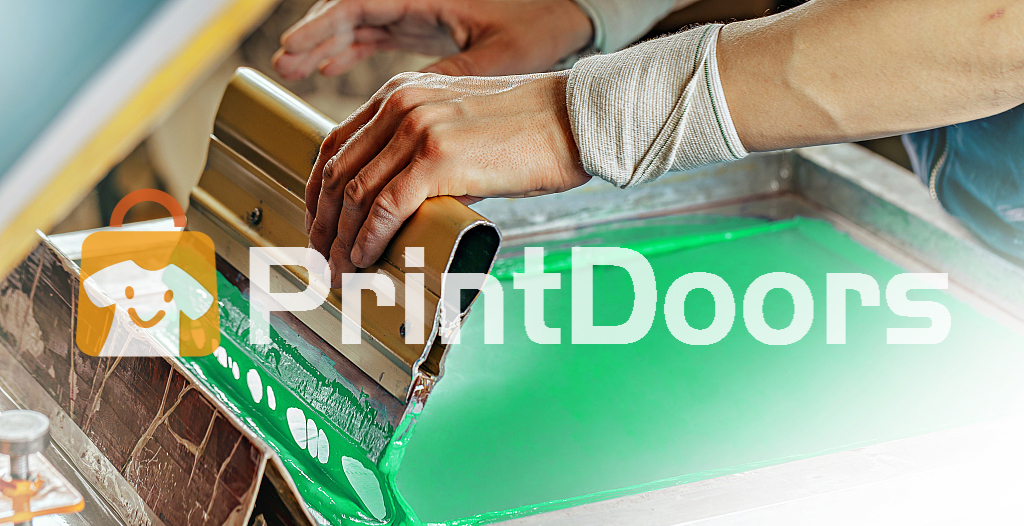About Tx Tees
Table of ContentsThe Ultimate Guide To Tx TeesHow Tx Tees can Save You Time, Stress, and Money.Tx Tees Can Be Fun For AnyoneHow Tx Tees can Save You Time, Stress, and Money.The Ultimate Guide To Tx TeesWhat Does Tx Tees Do?Excitement About Tx Tees
Include up other prices, like the number of energies it takes to run the shop and the price of ink and emulsion per layout. Take the print listed below.The emulsion must only be a couple of cents because you 'd only need to layer one screen for this task. Just how much should you charge per tee shirt to make an earnings? Generally, printers try to make up to 45% profit on a print job. Right here's a table to aid you determine that: total expense per product percent of wanted earnings as a decimal (example:.25 or.45) profit made per item per work Now let's speak about the profitability of DTF.

With DTF, you can publish a handful of t-shirts, or simply one. Both display printing and DTF have their specific niches in the world.
Our Tx Tees Statements
The finest way to understand? Ask about and see what printing shop like your own are doing. custom screen printing. Try both out and see which you like much better
When you're selecting what sort of printing approach to use for printing your artwork styles on your garments, it is very important that you know the differences in between these 2 strategies so you can make best use of results while lessening costs. Screen printing is one of the most commonly used technique for printing designs on textiles.
DTG printing is also referred to as place or direct to garment printing because it prints only what is needed instead of making a screen as display printers do. https://canvas.instructure.com/eportfolios/2821438/Home/Get_Creative_with_TX_Tees_Your_Ultimate_Screen_Printing_Shop. Screen printing works by display filler squeegee screen printing ink display mesh display, then moving the picture to garment utilizing warm and/or pressure
The DTG printer makes use of unique dye-sublimation inks that are applied into a pre-designed photo by a digital printing system. The inks become component of the material, permitting vibrant shades and outstanding information. It's likewise referred to as place or direct to garment printing due to the fact that it prints just what is needed rather of making a display as screen printers do.
Some Known Questions About Tx Tees.
It's much quicker - you can publish a fullcolor photo in minutes, as opposed to hours for screen printing. Second, there's no established up time or prices involved - you can print any kind of design you such as, without having to produce a screen initially. Third, there's no waste - since screen printers screen print one style each time, they need to evaluate each shade independently.
The paper is really expensive and can only be used when. Once it's published on, it needs to be discarded. - The preliminary acquisition rate is lower than the in advance financial investment of DTG printers- You can publish multi-color layouts one display each time instead of needing to publish each color separately like DTG printing.

8 Simple Techniques For Tx Tees
Rather of utilizing display mesh as display printers do, color sublimation printers use laser modern technology to move your images onto garments or paper. A warm procedure transfers the dye from its solid-state straight right into the gas phase which consequently integrates it onto textile substrates when they are swiftly heated to heats under high stress.
Sublimation printing is eco-friendly. It utilizes much less water look at these guys than screenprinting, and since it does not include using damaging solvents, it's secure for all kinds of garments. The dye sublimation inks are likewise unsmelling when healed, unlike screen printers that use dangerous chemicals throughout the display printing process that leave behind an unpleasant odor.
They also save money on expensive devices like exposure systems considering that color sublimation printers do not call for a UV direct exposure device or a flash treatment stove that is typically used in screen printing (custom cap printing). What is direct to garment printing (DTG Printing)? DTG printing is an electronic screenprinting process that publishes straight onto fabric making use of specialized inkjet printers
Examine This Report on Tx Tees
DTG printing uses numerous benefits over traditional screenprinting, including the capacity to publish photo top quality pictures, higher color vibrancy, and the ability to publish designs on darker fabrics. DTG printers function by heating the textile ink up until it develops into a gas. The gas then permeates the fabric, bonding with the fibers to develop a permanent print.

Screen printers just prepare their screen then start printing until they run out of product or ink.- There is a wide variety of seasoned screen printers all over the globe, which can be handy for beginners. - It's a slower process - display printers frequently have to wait on the ink to completely dry before they can publish the following color- Screen printers require manual work, so there's a greater understanding contour and it takes longer to create a high-grade layout- Screen printing isn't as accurate as DTG printing, so you may get some "blood loss" of shades from one part of the image onto another otherwise done effectively.
6 Easy Facts About Tx Tees Explained
Nevertheless, rather than utilizing display mesh as screen printers do, color sublimation printers utilize laser modern technology to transfer your photos onto garments or paper. A warm procedure transfers the color from its solid-state straight into the gas stage which in turn integrates it onto material substratums when they are quickly warmed to heats under high pressure.
Sublimation printing is environmentally friendly. It utilizes less water than screenprinting, and since it does not involve making use of damaging solvents, it's risk-free for all kinds of apparel. The dye sublimation inks are additionally odorless when treated, unlike display printers that make use of hazardous chemicals throughout the display printing procedure that leave behind an unpleasant smell.
They additionally save cash on pricey equipment like direct exposure units since dye sublimation printers do not need a UV direct exposure system or a flash cure stove that is commonly made use of in display printing. What is straight to garment printing (DTG Printing)? DTG printing is a digital screenprinting process that publishes directly onto textile using specialized inkjet printers.
Some Of Tx Tees
DTG printing offers several benefits over standard screenprinting, including the capacity to publish photographic quality pictures, better shade vibrancy, and the capability to print designs on darker textiles. DTG printers function by warming the textile ink up until it develops into a gas. The gas after that penetrates the fabric, bonding with the fibers to produce an irreversible print.